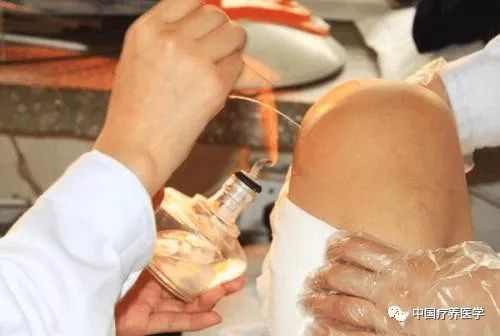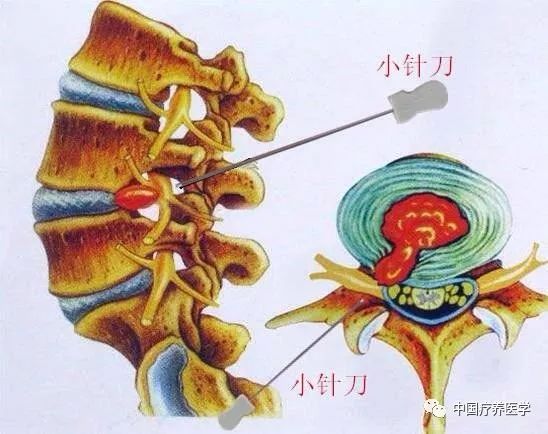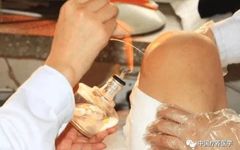
Fire Needle Therapy
Fire Needle Therapy: Also known as “cuò cì” or “shāo zhēn”, this method involves heating a needle until it is red hot and then quickly inserting it into the body to treat diseases.

Effects of Fire Needle Therapy: This method has the effects of warming the meridians and dispersing cold, promoting circulation and relieving pain. Therefore, it can be used clinically to treat conditions such as xu han (deficiency cold) and abscesses.
Depth of Fire Needle Insertion: The depth of insertion should be determined based on the condition, constitution, age, and the thickness of the muscle and depth of blood vessels at the acupuncture site. Generally, for the limbs and lower back, the needle can be inserted deeper, about 2~5 fen, while for the chest and back, it should be shallower, about 1~2 fen. The jia ji (夹脊) points can be inserted 3~5 fen deep.
Indications for Fire Needle Therapy: Fire needle therapy has the effects of warming the meridians and dispelling wind and cold. It is mainly used for conditions such as bi zheng (obstruction syndrome), gastric ptosis, epigastric pain, diarrhea, dysentery, impotence, scrofula, urticaria, menstrual irregularities, dysmenorrhea, pediatric malnutrition, as well as flat warts and moles.
Clinical Reports on Fire Needle Therapy:
1. Clinical observation of fire needle therapy for treating post-stroke spastic hemiplegia: Fire needle therapy has shown good clinical efficacy in reducing muscle tone on the affected side and improving motor function, especially in the upper limb, outperforming conventional acupuncture.
2. Clinical study of fire needle therapy for cervical spondylosis: Both fire needle therapy and conventional acupuncture can effectively improve clinical symptoms in patients with cervical spondylosis, significantly alleviating neck pain, reducing muscle tension, and improving neck mobility. Both methods are safe and effective for treating cervical spondylosis.

Needle Knife Therapy
Needle Knife Therapy: This is a closed soft tissue release technique that lies between surgical and non-surgical methods. Needle knife therapy has a history of several decades and has seen further development in recent years, inspired by Professor Zhu Hanzhang, the founder of small needle knife therapy, leading to the emergence of drug needle knife therapy, water needle knife therapy, and gradually forming a new theoretical system of needle knife medicine that is distinct from both traditional Chinese and Western medicine.
Needle Knife Operation: The needle knife is inserted deeply into the treatment area to perform gentle cutting and detachment at the lesion site to achieve pain relief and disease elimination.
Advantages of Needle Knife Therapy: The incisions are small, requiring no sutures, causing minimal damage to body tissues, and are less likely to cause infection. There are no adverse reactions, and patients experience minimal pain and fear. There is no need for rest after the procedure, and the treatment time is short, making it easily acceptable for patients.
Needle Knife Instruments: These are made of metal and resemble both needles and knives. They are developed from ancient nine needles, including chán zhēn (鑱针), yuán zhēn (圆针), tí zhēn (鍉针), fēng zhēn (锋针), bī zhēn (铍针), and yuán lì zhēn (圆利针), combined with modern surgical knives. Their shapes and lengths vary slightly, generally around 10~15 cm in length and 0.4~1.2 mm in diameter. They consist of three parts: handle, needle body, and needle knife. The width of the needle knife is generally equal to the diameter of the needle body, and the cutting edge is sharp.

Indications for Needle Knife Therapy:
1. Cervical spondylosis: cervical muscle strain, cervical disc herniation, cervical osteophyte, cervical syndrome.
2. Lumbar spondylosis: chronic lumbar muscle strain, third lumbar transverse process syndrome, lumbar disc herniation, lumbar osteophyte, lumbar syndrome, fatigue-related periostitis, and spinal-related diseases.
3. Osteoarthritis: lateral epicondylitis (tennis elbow), stenosing tenosynovitis (trigger finger), plantar fasciitis (heel spur), soft tissue injuries, osteochondritis, and hypertrophic arthritis.
4. Soft tissue injuries: chronic soft tissue injuries, acute exacerbations of old soft tissue injuries, and some acute soft tissue injuries.
5. Traumatic inflammation: bursitis, tenosynovitis, myofascial pain syndrome.
6. Neuralgia: peripheral nerve compression syndrome, bone-fibrous canal compression syndrome.
7. Other conditions in internal medicine, orthopedic surgery, proctology, and plastic surgery.
Disclaimer:
1. Some articles, images, and videos shared by this public account are sourced from the internet, and their copyright and responsibility belong to the original authors. If you are the original author and do not wish for your article to be reproduced, please contact us for processing (QQ:447016556).
2. The original articles edited by the editorial staff of this public account are copyrighted by the Chinese Rehabilitation Medicine WeChat public account.
3. The original articles contributed to this public account are copyrighted by the authors.


